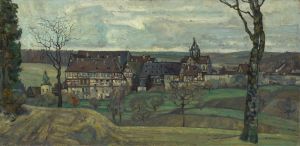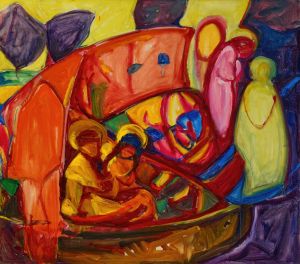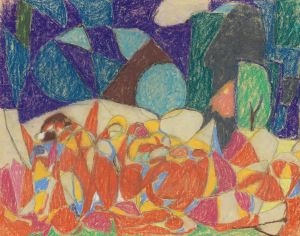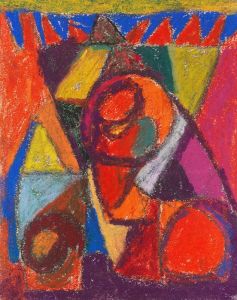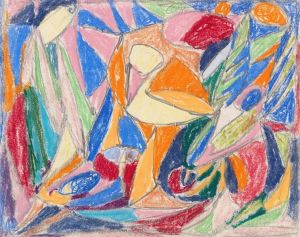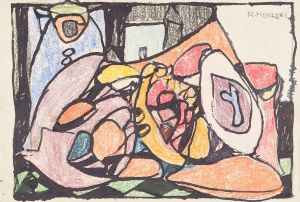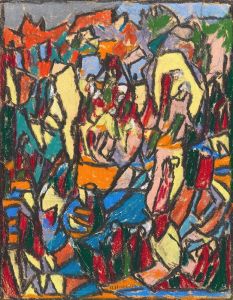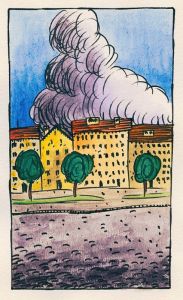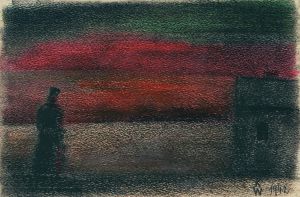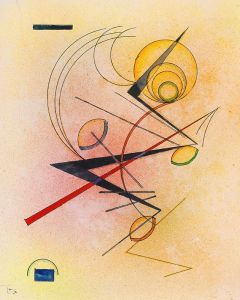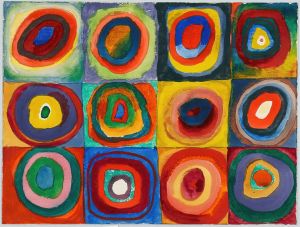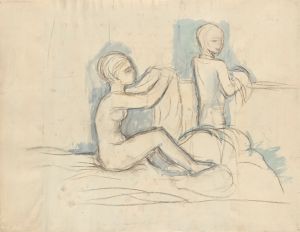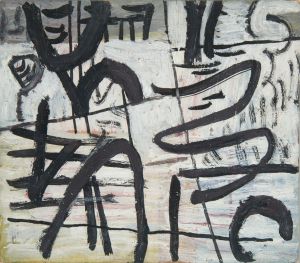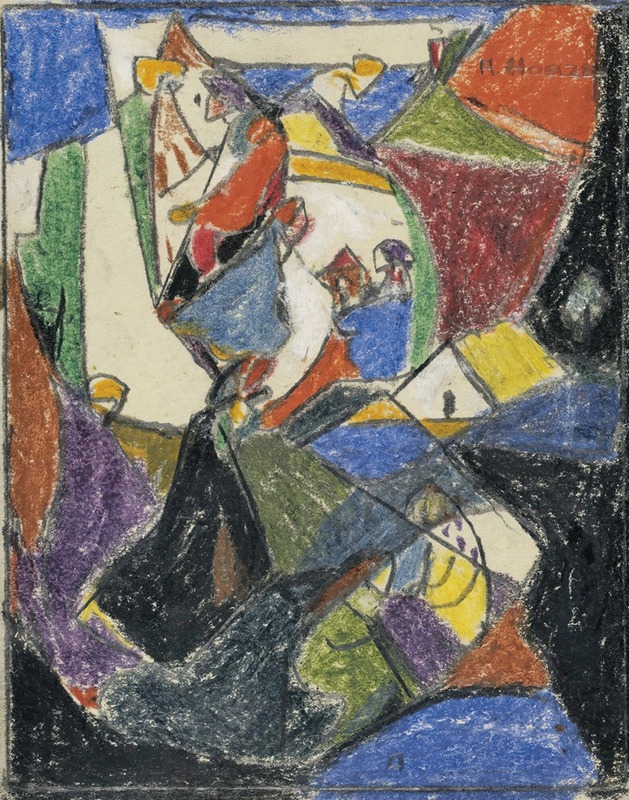
Composition
A hand-painted replica of Adolf Hölzel’s masterpiece Composition, meticulously crafted by professional artists to capture the true essence of the original. Each piece is created with museum-quality canvas and rare mineral pigments, carefully painted by experienced artists with delicate brushstrokes and rich, layered colors to perfectly recreate the texture of the original artwork. Unlike machine-printed reproductions, this hand-painted version brings the painting to life, infused with the artist’s emotions and skill in every stroke. Whether for personal collection or home decoration, it instantly elevates the artistic atmosphere of any space.
Adolf Hölzel was a German painter and art theorist, recognized as a pioneer of abstract art and a significant figure in the development of modern art in the early 20th century. His work "Composition" is one of his notable contributions to the exploration of abstraction in painting. Hölzel's artistic philosophy emphasized the importance of form, color, and composition over representational accuracy, aligning him with the broader movements of modernism and abstraction.
"Composition" reflects Hölzel's interest in the interplay of geometric shapes, color harmonies, and dynamic arrangements. The painting is an example of his theoretical approach to art, which sought to move beyond the constraints of traditional figurative representation. Hölzel believed that art should evoke emotional and spiritual responses through the use of pure visual elements, such as line, shape, and color, rather than relying on narrative or mimetic content.
Hölzel's work was deeply influenced by his background as a teacher and theorist. He taught at the Stuttgart Academy of Fine Arts, where he mentored several influential artists, including Oskar Schlemmer, Johannes Itten, and Willi Baumeister. His teachings and writings on color theory and composition had a lasting impact on the development of abstract art, particularly in the context of the Bauhaus movement and other avant-garde circles.
"Composition" is characterized by its use of bold, vibrant colors and a sense of rhythmic balance. The painting demonstrates Hölzel's mastery of creating dynamic tension and harmony within a non-representational framework. By focusing on the relationships between colors and forms, Hölzel sought to achieve a sense of visual music, a concept that resonated with other abstract artists of his time.
While specific details about the creation date and exact context of "Composition" are not always readily available, the painting is often associated with Hölzel's mature period, during which he fully embraced abstraction. This phase of his career marked a departure from earlier, more representational works and solidified his reputation as a trailblazer in modern art.
Today, "Composition" is regarded as an important example of early abstract art and a testament to Hölzel's innovative approach to painting. His contributions to art theory and education continue to be studied and celebrated, underscoring his role as a key figure in the transition from traditional to modern artistic practices.





